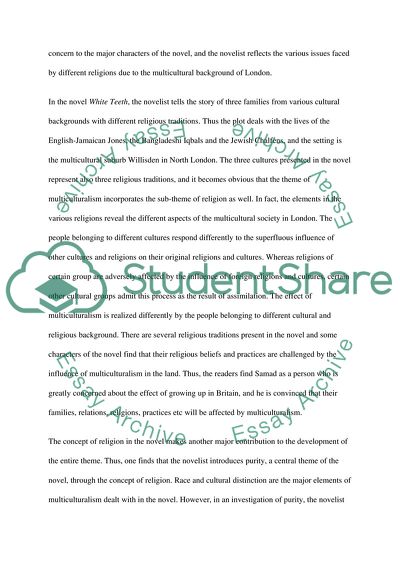Cite this document
(“Religion in the Novel White Teeth by Zadie Smith Essay”, n.d.)
Religion in the Novel White Teeth by Zadie Smith Essay. Retrieved from https://studentshare.org/literature/1550348-religion-in-the-novel-white-teeth-by-zadie-smith
Religion in the Novel White Teeth by Zadie Smith Essay. Retrieved from https://studentshare.org/literature/1550348-religion-in-the-novel-white-teeth-by-zadie-smith
(Religion in the Novel White Teeth by Zadie Smith Essay)
Religion in the Novel White Teeth by Zadie Smith Essay. https://studentshare.org/literature/1550348-religion-in-the-novel-white-teeth-by-zadie-smith.
Religion in the Novel White Teeth by Zadie Smith Essay. https://studentshare.org/literature/1550348-religion-in-the-novel-white-teeth-by-zadie-smith.
“Religion in the Novel White Teeth by Zadie Smith Essay”, n.d. https://studentshare.org/literature/1550348-religion-in-the-novel-white-teeth-by-zadie-smith.


